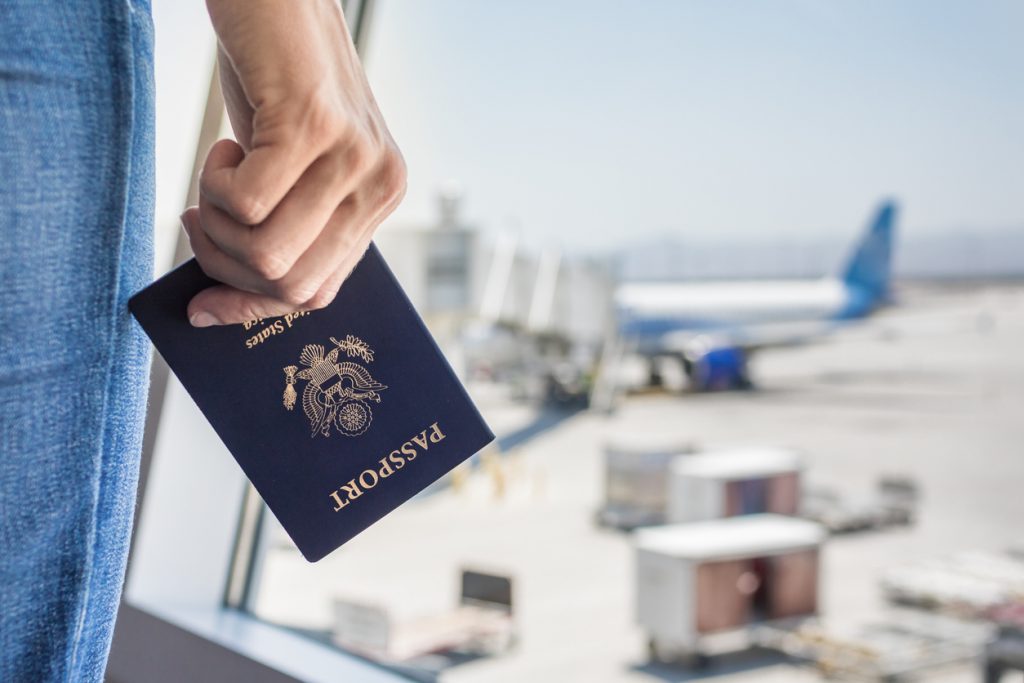The competition for travel spending is intensifying, and the U.S. is falling behind.
Overseas travel bookings have increased in recent weeks, according to airlines and hotel companies.
With more and more people preferring international sites over domestic ones, this is good news for companies with global services, but a new challenge for airlines, amusement parks, and hotels that are more focused on the domestic market.
The average cost of an international flight is $962, up 26% from 2019 and 10% from last year, according to price monitoring firm Hopper. Domestic flight prices, on the other hand, are down. Round-trip flights within the United States cost an average of $249, down 11% from 2018 and 12% from 2019.
The shift is also being felt in the hotel industry: according to data from CoStar, the parent company of hotel industry analytics firm STR, room rates at European hotels averaged $148.88 in the first half of the year, up nearly 14% from last year, while rates in the United States rose just 6% from the same period last year to $154.45.
According to CoStar data, luxury hotel rates in Orlando, Florida increased barely 0.2% in the first half of the year compared to the same period last year, while nightly rates at luxury hotels in Paris increased by more than 22%.
Amusement park operators are also starting to tell investors about forecasts for their businesses. On Thursday, Cedar Fair announced a drop in second-quarter attendance but an increase in profit.
Comcast said last week that theme park revenue rose 22% year over year to more than $2.2 billion in the most recent quarter, although sales at Universal Parks in Orlando slowed. The company attributed that to more difficult comparisons.
“In Orlando, it really compares very well to pre-pandemic. We’re obviously down on attendance, which was kind of unprecedented […] coming off of Covid,” Comcast President Michael Cavanagh said on an earnings call last week. “So not surprised by that softening. That said, we’re at levels of attendance and per caps being better so that overall, we feel good about what we’re seeing in Orlando.”
For travelers looking for bargains close to home, the increase in international travel is excellent news, but it’s bad news for airlines whose schedules are heavily weighted toward the United States.
JetBlue Airways on Tuesday lowered its forecast for the current quarter and for 2023, citing an increase in long-haul international traffic that is hurting the airline’s business. The airline’s route network focuses primarily on the U.S. market, the Caribbean and parts of Latin America, but also offers flights to London, Paris and Amsterdam.
“We’ve seen a greater-than-expected geographic shift in pent-up Covid demand as the strength in demand for long international travel this summer has pressured demand for shorter-haul travel,” JetBlue CEO Robin Hayes said.
Low-cost carrier Frontier predicted that the resurgence of long-haul international flights will cut its profit margins by three points, while CEO Barry Biffle said that trend could soon level off. The airline’s passenger fare revenue fell 26% in the second quarter from a year earlier to $47.59.
Southwest Airlines’ outlook last week also disappointed investors. In addition, Alaska Airlines, a U.S.-only carrier, has seen a shift from local to foreign destinations this year.
“We believe pent-up international demand has had the effect of a larger pool from would be domestic travelers than has historically been the case,” Alaska’s chief commercial officer Andrew Harrison, said on an earnings call last week.


